I am working on a project which ask me to detect text area in an image. This is the result I achieved until now using the code below.
The code is the following:
import cv2
import numpy as np
# read and scale down image
img = cv2.pyrDown(cv2.imread('C:\\Users\\Work\\Desktop\\test.png', cv2.IMREAD_UNCHANGED))
# threshold image
ret, threshed_img = cv2.threshold(cv2.cvtColor(img, cv2.COLOR_BGR2GRAY),
127, 255, cv2.THRESH_BINARY)
# find contours and get the external one
image, contours, hier = cv2.findContours(threshed_img, cv2.RETR_TREE,
cv2.CHAIN_APPROX_SIMPLE)
# with each contour, draw boundingRect in green
# a minAreaRect in red and
# a minEnclosingCircle in blue
for c in contours:
# get the bounding rect
x, y, w, h = cv2.boundingRect(c)
# draw a green rectangle to visualize the bounding rect
cv2.rectangle(img, (x, y), (x + w, y + h), (0, 255, 0), thickness=1, lineType=8, shift=0)
# get the min area rect
#rect = cv2.minAreaRect(c)
#box = cv2.boxPoints(rect)
# convert all coordinates floating point values to int
#box = np.int0(box)
# draw a red 'nghien' rectangle
#cv2.drawContours(img, [box], 0, (0, 0, 255))
# finally, get the min enclosing circle
#(x, y), radius = cv2.minEnclosingCircle(c)
# convert all values to int
#center = (int(x), int(y))
#radius = int(radius)
# and draw the circle in blue
#img = cv2.circle(img, center, radius, (255, 0, 0), 2)
print(len(contours))
cv2.drawContours(img, contours, -1, (255, 255, 0), 1)
cv2.namedWindow('contours', 0)
cv2.imshow('contours', img)
while(cv2.waitKey()!=ord('q')):
continue
cv2.destroyAllWindows()
As you can see, this can do more than I need. Look for commented parts if you need more.
By the way, what I need is to bound every text area in a single rectangle not (near) every char which the script is finding. Filter the single number or letter and to round everything in a single box.
For example, the first sequence in a box, the second in another one and so on.
I searched a bit and I found something about "filter rectangle area". I don't know if it is useful for my purpose.
Tooked a look also at some of the first result on Google but most of them don't work very well. I guess the code need to be tweaked a bit but I am a newbie in OpenCV world.


